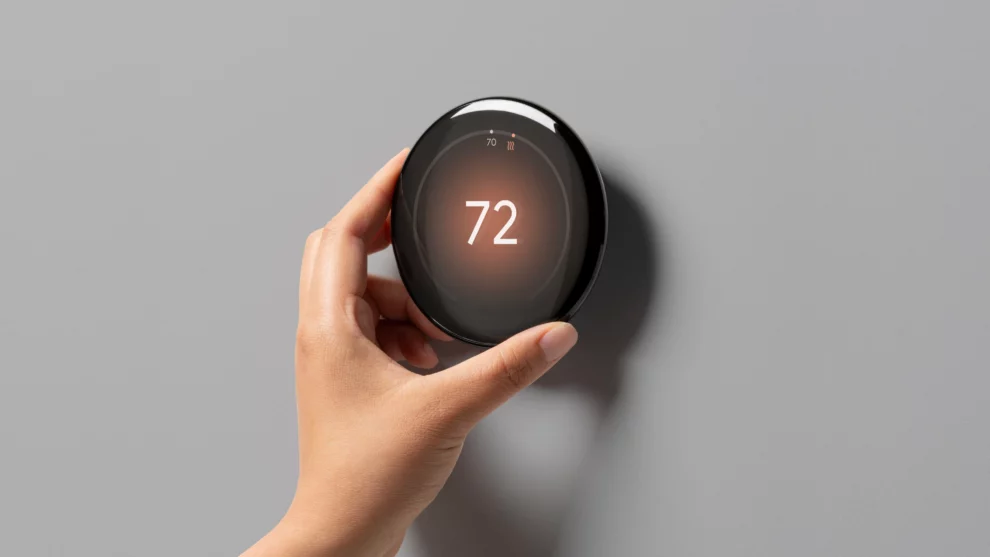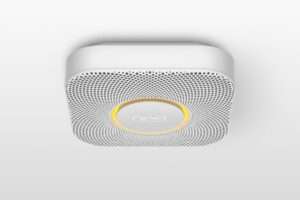Smart thermostat technology has taken a significant leap forward with satellite sensors, offering homeowners unprecedented control over their heating and cooling systems. These innovative devices are addressing a fundamental limitation of traditional smart thermostats: their fixed location measuring temperature from a single point in the home.
The problem with conventional thermostats lies in their placement, typically installed in central locations like hallways or main walls. These positions often fail to accurately reflect the temperature in frequently used spaces such as bedrooms, home offices, or kitchens. A thermostat placed near a heating vent might register warmth and shut off while other rooms remain cold, or a drafty hallway location could lead to overheating in other areas.
Satellite sensors have emerged as an elegant solution to this challenge. These portable, battery-powered devices can be placed in any room, providing real-time temperature data to the main thermostat. This distributed approach to temperature monitoring allows heating systems to respond more accurately to actual comfort needs throughout the home.

Major smart home manufacturers have embraced this technology, with Google Nest, Ecobee, and Honeywell offering compatible sensors for their thermostats. Amazon has taken an innovative approach by enabling their Echo Dot 5 and Echo 4 devices to serve as temperature sensors when paired with their Amazon Smart Thermostat, integrating the functionality into existing smart home infrastructure.
The latest generation of smart thermostats, including the Nest Thermostat 4 and Ecobee Smart Thermostat Premium, now include satellite sensors in their base packages. For older systems, individual sensors typically cost around $40, with multi-packs available at higher price points. This investment can lead to both improved comfort and potential energy savings by preventing unnecessary heating or cooling of unused spaces.
Multiple sensor setups offer additional advantages. Ecobee’s system can detect occupancy patterns and adjust temperatures based on which rooms are being used, while Nest allows for temperature averaging across all sensors to maintain optimal comfort throughout the home. These capabilities represent a significant advancement in home climate control, moving beyond simple scheduling to truly responsive environmental management.
However, the technology isn’t without its challenges. Battery maintenance requires attention every year or two, though most systems provide alerts when replacement is needed. Some users report difficulty in determining whether sensors are functioning properly, as many lack clear status indicators. Connectivity issues may also require occasional troubleshooting.
The impact of satellite sensors extends beyond mere comfort. They can play a crucial role in preventing frozen pipes in colder rooms and help optimize energy usage by avoiding unnecessary heating or cooling of unoccupied spaces. This combination of improved comfort and potential energy savings makes satellite sensors an increasingly essential component of modern smart home systems.
As smart home technology continues to evolve, the integration of satellite sensors represents a significant step forward in the quest for more efficient and comfortable home environments. Their ability to provide detailed temperature data from multiple locations enables more sophisticated climate control strategies, potentially leading to both improved comfort and reduced energy consumption.
















Add Comment